We’ve had transparent displays for a long time now, ever since the Xperia Pureness, but it was at this year’s MWC in Barcelona that I felt the technology was already there to make this happen. Lenovo showed a working laptop with a transparent LED screen, and it looked just like the glass communicators from “The Expanse.”
The Lenovo transparent laptop is awe-inspiring
This immediately sparked a question in my head: “Are we going to get transparent smartphones soon, and do we really need them?” But first things first, let’s quickly explain the transparent LED tech.
What is a transparent LED?
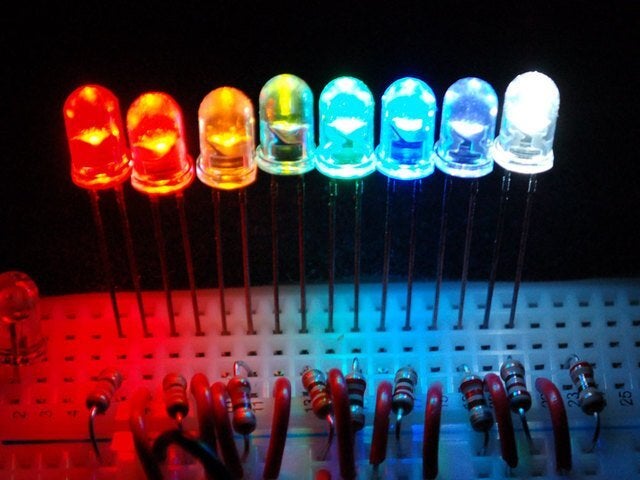
Just a bunch of diodes
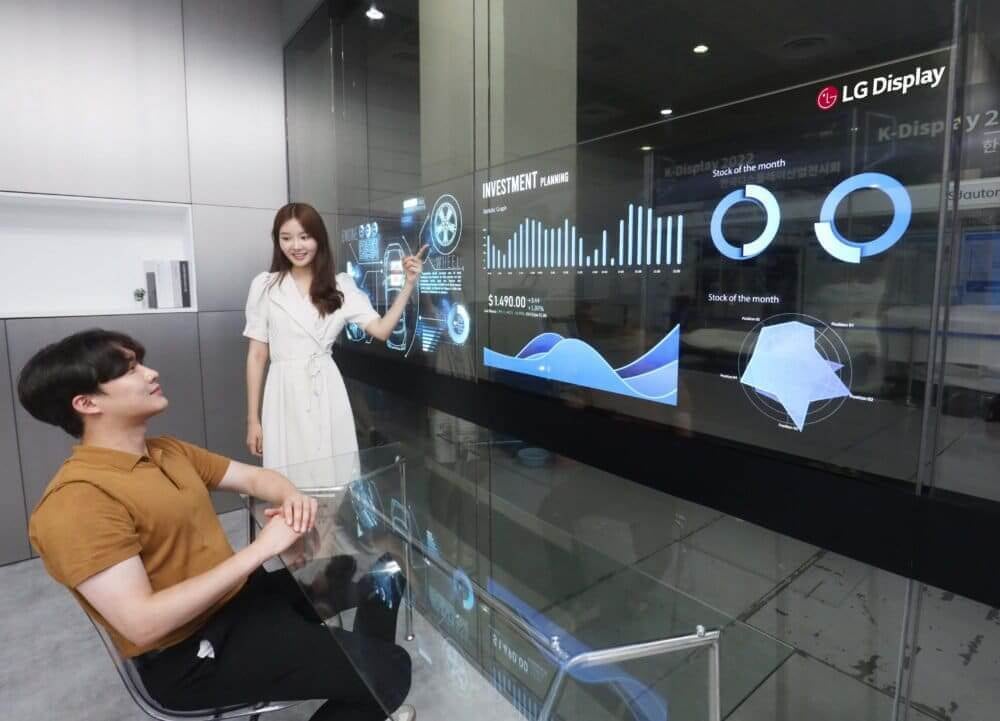
The transparent LED technology has evolved enormously
We won’t delve too deep into the technical part of it, what you need to know is that transparent LED technology uses a transparent substrate to hold these diodes together, and when not used, they allow light to pass through them (to some extent, 70–80%).
In order to do this, you need transparent anodes and super-thin or transparent connections between the diodes. In the past, this technology could only produce monochrome images and was pretty expensive, but advancements in the manufacturing processes have made it possible to create the aforementioned transparent laptop.
Where’s my transparent iPhone?
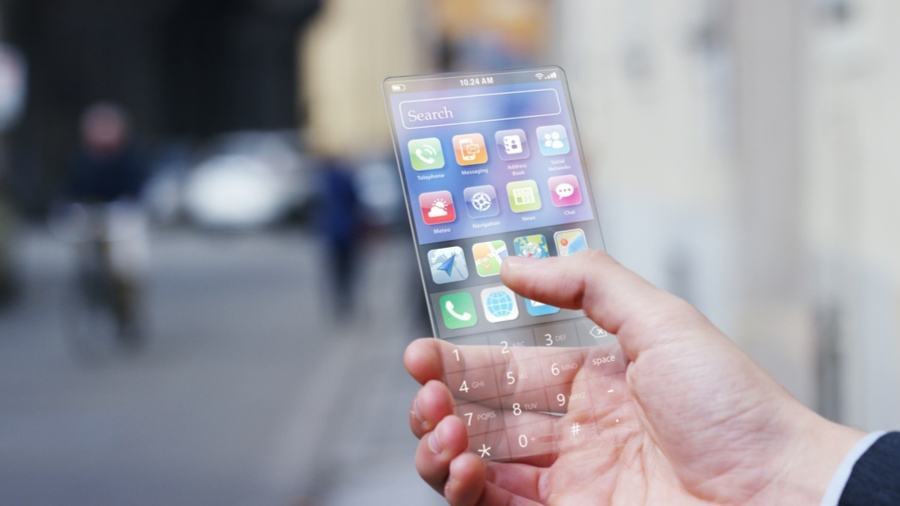
How cool is that?!
Not so fast! As cool as it may look, a transparent phone is just not practical. First of all, you’ll get distracted by everything that’s happening behind the display. Second, everyone will be able to see what you see (albeit a mirror image of it when looked at from behind). This raises huge privacy concerns. You can cure this by adding an electro-chromatic polarizing layer to make the display opaque with a tap of a button, but what’s the point of having a see-through screen in the first place?
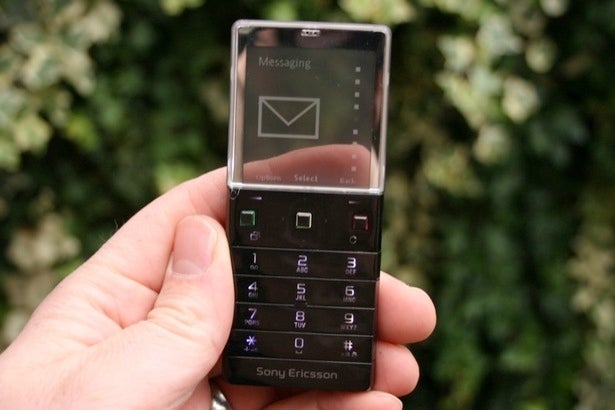
The Xperia Pureness in all its strangeness and glory
Then there’s all the other electronics you have in a smartphone that should be transparent. You need a transparent battery, chipset, printed board, and so on and so forth. You could technically pack these parts in a small, non-transparent portion of the phone (just like Sony did with the Xperia Pureness), but apart from the cool factor, I can’t see a practical application of this transparent technology, at least in smartphones. Where does it belong, then?
Application of transparent LED screens

A transparent display on a subway train in Shenzhen, China
The first thing that comes to mind is advertising. Picture this: you’re on the sub, and between stations, all the windows start to blast ads at you. I know it sounds awful, but it’s a viable concept. It doesn’t have to be ads, it might be a map of the subway line, or some useful information (and it’s been done on a small scale in Japan and China).
Another cool application would be to have transparent displays installed in your house as windows. You can display the weather forecast and other useful information at will, and when the sun goes down, these huge windows could become a home theater system (for the joy and entertainment of your neighbors).
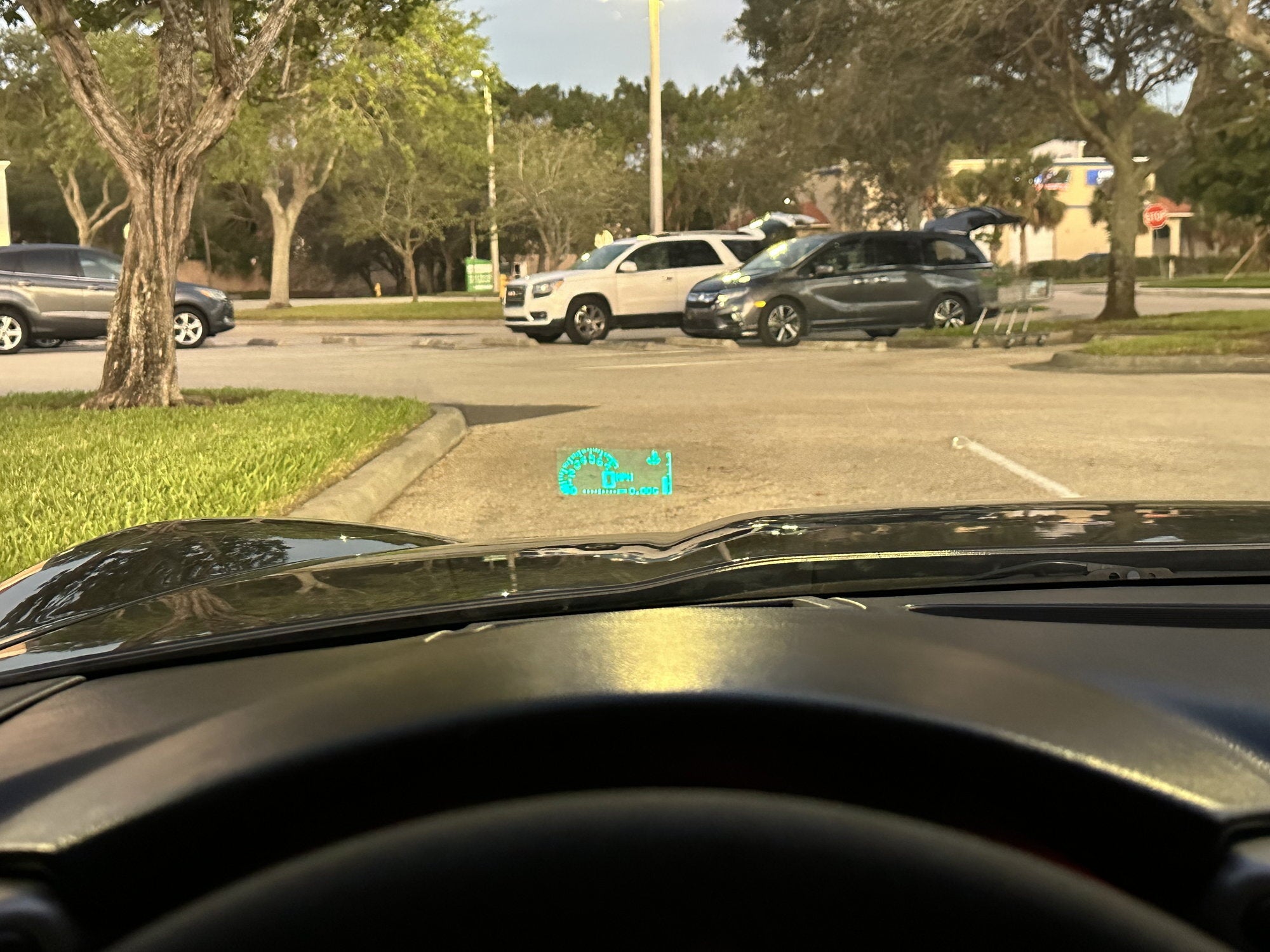
Obviously, this tech could also turn car windshields into interactive displays, showing you the speed, navigation instructions, the lane lines when visibility is low or at night, etc. Actually, this has already been done to some extent (Corvette C6 HUD display pictured above).
Final words
With all the above said, I personally would buy a transparent (or semi-transparent) smartphone. And maybe, just maybe, we could get a small batch of “feature” phones, much like the Xperia Pureness, for people who like this kind of “on-the-edge” technology.
What do you think about it? Would you buy a transparent phone, and what applications do you think this tech has? Let us know in the comments below.
